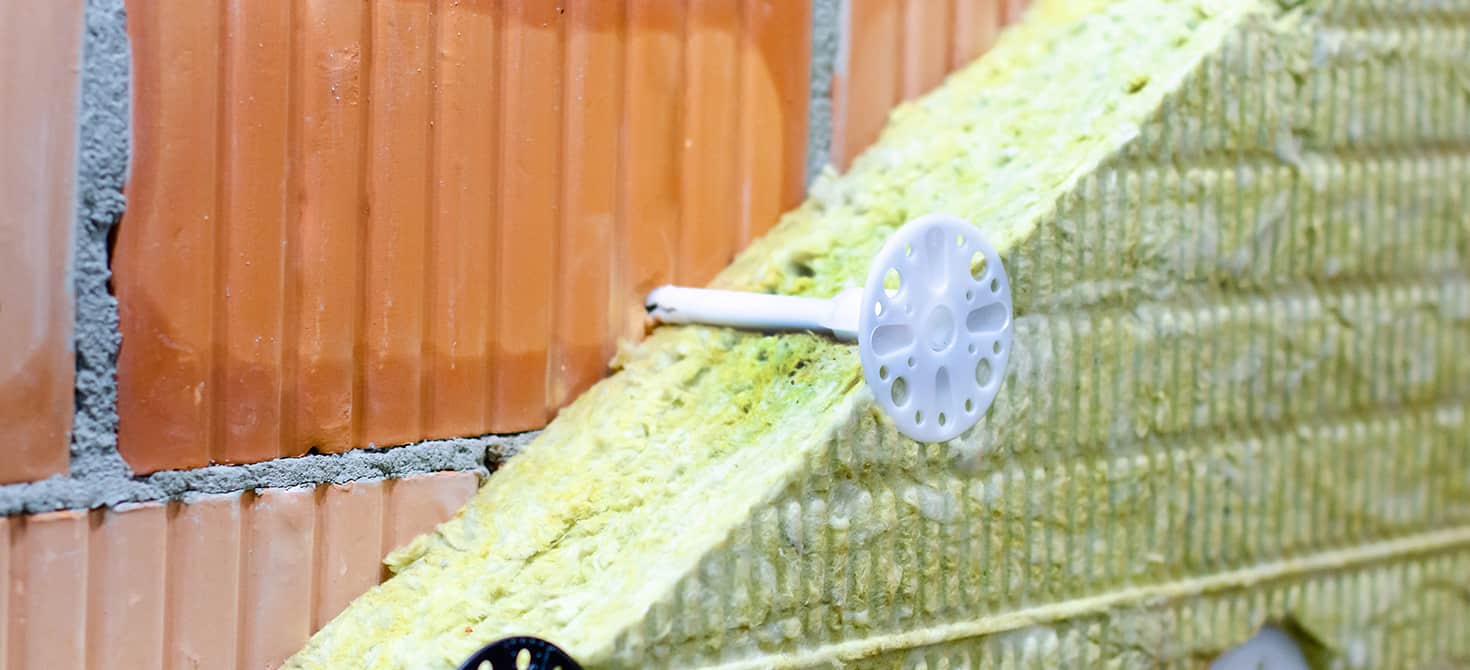- Furnishing tips
- 0 likes
- 2789 views

What is thermal insulation and how does it work? This type of technology has spread considerably in our country, especially over the last decade. However, internal or external thermal insulation is a technique that has been used for many years in Scandinavian and Baltic countries.
The thermal coat is a thermal insulation system consisting of a series of materials that can be applied to the inside or outside of a building, guaranteeing the latter optimal thermal insulation.
When the thermal insulation of a building or flat is completed, the latter will normally appear plastered without the insulating structure being visible. The insulating materials present inside or outside the masonry will contribute to a considerable reduction in the energy costs of the building, thanks to the high thermal insulation performance acquired by the building.
In this regard, it is important to specify that thermal insulation is an insulating measure designed specifically for the winter season, with the aim of retaining and not dispersing heat inside the spaces of a building or flat. Thermal insulation is therefore a technology designed to be effective during the cold season and it is misleading to think that this type of insulation can also work during the summer. Thermal insulation is a lightweight structure, and as such is effective and efficient in containing heat within a space during the winter months. In order to keep cool during the summer, however, a heavy structure is needed that does not allow heat to penetrate (just think of the feeling of coolness when entering a large, imposing church in the summer).
Index
Internal or external thermal insulation? Advantages and disadvantages of the two solutions
The first question that many people ask about insulation is whether it is better to install an internal or external thermal coat. To answer this question, we should start by saying that the best thermal coat should be installed externally. The reason for this statement is to be found in the fact that the primary function of a thermal coat is precisely that of insulating the external shell of a building.
Therefore, the decision to opt for an internal thermal insulation should be the last possible choice, in the event that it is not possible to install an external thermal insulation (special situations such as historical and listed buildings). The implementation of an internal thermal insulation has some considerable disadvantages, in particular:
- Reduction in the size of the rooms
- Reduction of the insulating performance compared to the solution of laying an external coat
There are many advantages to installing external thermal insulation:
- Reduction of up to 80 per cent of the heat dispersed outside during the winter season
- Complete elimination of thermal bridges and condensation that encourages the proliferation of bacteria and moulds
- Reduction of up to 40 per cent of the energy used for air conditioning during the summer season
- Protection of the building's façade from atmospheric agents: external thermal coats boast important water-repellent properties - capillary absorption of water, low resistance to the diffusion of water vapour.
- Thanks to the presence of an external thermal coat it is possible to benefit from exceptional thermo-hygrometric conditions: there will be no major variations in temperature and humidity, thus preserving the building materials in the best possible way. It should be noted that temperature variations are responsible for the deterioration of materials, causing the formation of cracks and deep fissures.
- Optimising a high standard of living comfort
Main components of a thermal insulation system
Let's take a closer look at the main components of a thermal insulation system. The insulation structure consists of the following components:
- adhesive mortar and adhesives
- insulation materials
- dowels
- reinforcement mesh and mortar
- plaster and levelling compound
- finishing plaster
- materials used for sealing joints
- special accessories for restoring or recreating decorations or friezes that may be present on the façade of the building

Thermal insulation: different types of insulating materials
With regard to the use of insulating materials for thermal insulation, it is important to emphasise that not all insulating structures are made using the same materials.
The insulation materials used for thermal insulation are classified according to their specific type: there are synthetic materials or materials of natural origin.
Here is a list of the main materials used for the construction and installation of thermal insulation:
- Synthetic expanded polystyrene or EPS
- EPS with graphite: special synthetic insulating panels with the addition of graphite, in order to enhance insulating performance
- Synthetic insulation panels in poly isocyanide or PIR
- Natural wood fibre insulation panels
- Natural insulation panels made of self-glued cork
Thermal insulation, prices
With regard to the cost of producing and installing a thermal coat, we can say that the cost can be variable, depending on the type of materials used. The factors that influence the costs are in particular:
- Type of insulating material used
- Thickness of the thermal insulation (calculated on the basis of the characteristics and peculiarities of the building): to determine the thickness of the thermal insulation it is necessary to have a calculation made by a technical professional
- Cost of labour
- Fixing technique (mechanical or with adhesives)
- Having said this, we can say that in general the costs per square metre for the installation of thermal insulation vary between 40 and 80 euros.
Lastly, it is worth remembering that insulation of a building can benefit from the tax incentives provided for by the latest Budget Law (Bonus Facciate 2021).
